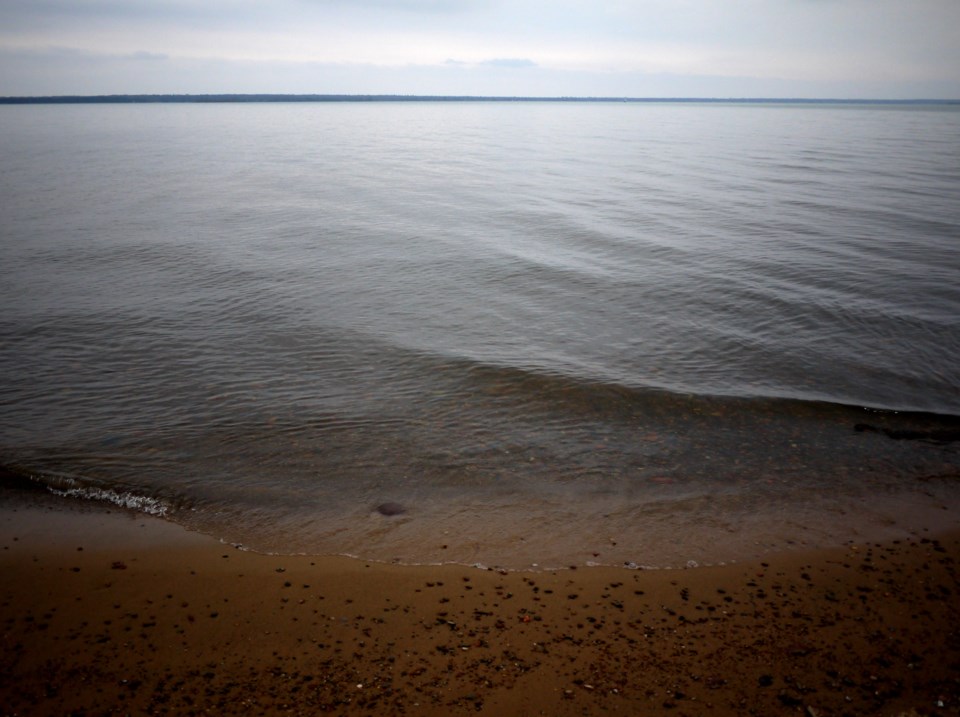Drier than average conditions have played a role in Lake Superior water levels declining of late.
The current conditions have meant the lake is approaching is seasonal long-term average, according to a release from the International Lake Superior Board of Control.
Following is a full release from the Board of Control on the current outflow and expected conditions of the lake:
As a result of the drier than average weather and water supply conditions, Lake Superior water levels have declined and are approaching the seasonal long-term average. Conditions have been wetter in the Lake Michigan-Huron basin and water levels are midway between the seasonal long-term average and the record-high water levels that were observed last year. Lake Superior outflows continue to be set in consideration of water levels upstream and downstream.
The Board expects the total outflow to be 2,260 m3 /s (79.8 tcfs) in August, which is as prescribed by Lake Superior Regulation Plan 2012. The gate setting at the Compensating Works will be maintained at the setting equivalent to one-half gate open (Gates No. 7 through No. 10 partially open 20 cm). Gate No. 16 will be closed on Friday, Aug. 6 now that the sea lamprey trapping has been completed for the season. There will be no change to the setting of Gate No. 1, which supplies a flow of about 15 m3 /s to the channel north of the Fishery Remedial Dike.
Weather and water supply conditions were drier than average on Lake Superior and wetter than average on Lake Michigan-Huron in July. As a result, Lake Superior declined 1 cm (0.4 in), while on average the lake rises 5 cm (2 in) in July. Lake Michigan-Huron rose 4 cm (1.6 in) last month. Historically, Lake Michigan-Huron rises an average of 1 cm (0.4 in) in July. At the beginning of August, Lake Superior is 3 cm (1.2 in) above average (1918 – 2020), 23 cm (9.1 in) below the level of a year ago, and 31 cm (12.2 in) below the record-high level at this time in 2019. Lake Michigan-Huron is 43 cm (16.9 in) above average and 42 cm (16.5 in) below the record-high level set at this time last year.
Lake Superior water levels typically rise, and Lake Michigan-Huron water levels typically decline in August. Depending on the weather and water supply conditions during the next month, Lake Superior may decline by up to 5 cm (2 in) or may rise by up to approximately 10 cm (3.9 in) in August. Lake Michigan-Huron water levels are expected to decline in August, and could decline by as much as 10 cm (3.9 in).
Shoreline businesses and property owners are reminded that the Great Lakes – St. Lawrence River Adaptive Management (GLAM) Committee continues to host an online questionnaire to allow for direct reporting on impacts related to high water conditions.
